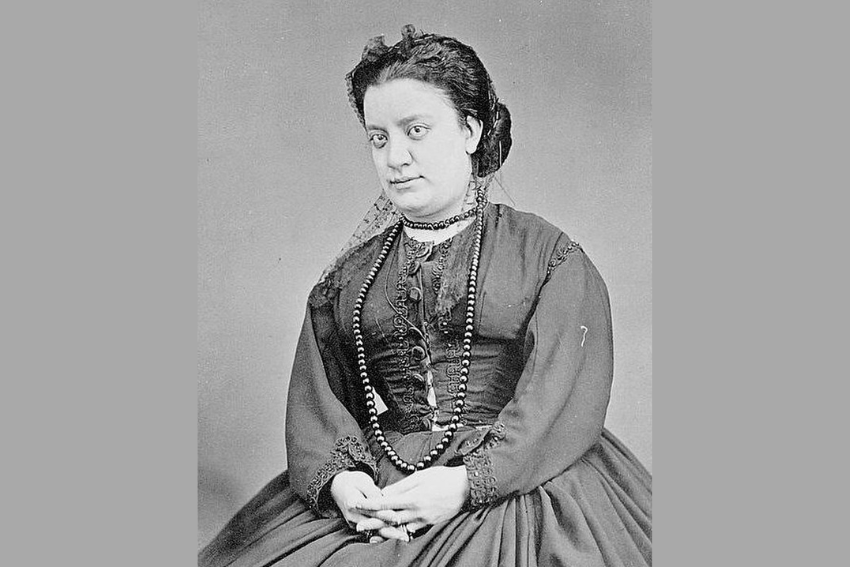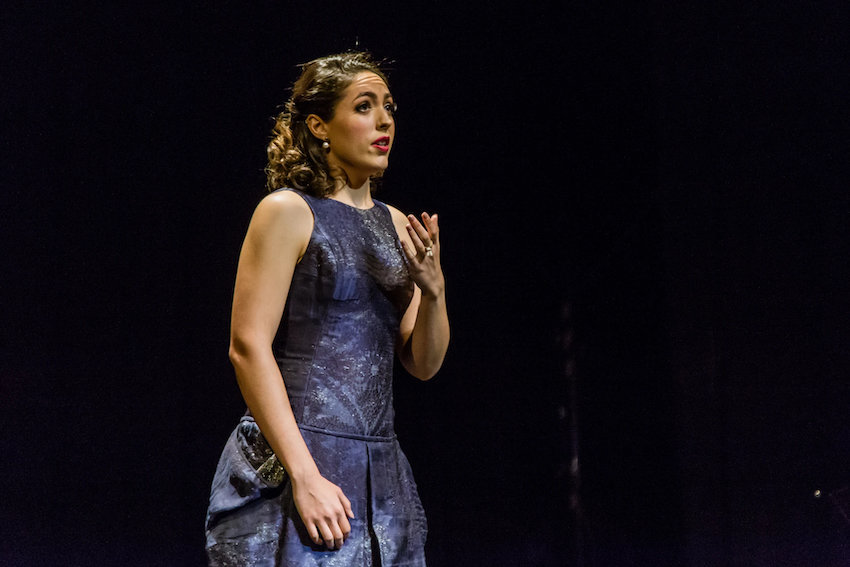In the richness of Mexico’s cultural history, opera has a complex and intriguing narrative, blending European influence with Mexican identity. From its introduction to Mexico during the colonial period to its modern-day revival, opera in Mexico has traversed a fascinating path, reflecting the nation’s quest for artistic expression and cultural resonance.
During the colonial era, a new artistic wave encompassing music and theater washed ashore in Mexico. Opera captivated the ears of New Spain’s society, embedding itself within its social fabric. Following independence, Mexico embarked on a journey to cultivate its own operatic tradition, one that would be steeped in national identity. Through various stages in history, efforts have been made to preserve and revive the works of Mexican masters, reflecting a deep-seated commitment to the nation’s cultural heritage.

Opera in Mexico during the Viceroyalty
Opera’s roots in Mexico can be traced back to the colonial period when Spanish colonizers brought the art form across the Atlantic. In New Spain, the Iberian political agenda dictated the types of productions staged in viceroyalty buildings.
Nearly two centuries later, Manuel de Sumaya emerged as the first Mexico-born composer to create an opera on Mexican soil with his work, “La Parténope” (1711), marking the dawn of a musical legacy.
The post-independence period saw Mexico navigating tumultuous times, with a burgeoning anti-Spanish sentiment shaping artistic preferences. Rejecting Spanish-influenced zarzuelas, Mexican cultural leaders embraced Italian opera, staging productions primarily by composers like Gioachino Rossini.
19th-Century
However, mounting opera productions in 19th-century Mexico posed financial challenges. Despite sold-out performances, revenue often fell short of covering production costs, leading companies to seek additional funding from the government. Politicians seized these cultural events as opportunities to showcase their power and prestige.

Famous anecdotes abound, such as Santa Anna’s ostentatious display of power during a performance of Donizetti’s “Belisario” in 1854, which featured a horse onstage. Similarly, during the short-lived French Intervention, support for opera surged under Emperor Maximilian.
Throughout the 19th century, Italian opera enjoyed immense popularity in Mexico while local composers contributed their own works to the operatic repertoire. Crafting opera was no easy feat; composers had to navigate technical intricacies, vocal textures, and visual aesthetics to create a captivating experience for audiences. Despite meeting these challenges, Mexican composers struggled to garner support for their projects from opera companies.
Luis Castillo, a Mexican baritone, identifies the earliest surviving Mexican opera score from 1823, “Adela o la constancia de las viudas,” by José María Moreno. However, there is no evidence of its staging.
In the mid-19th century, figures like Cenobio Paniagua inspired a new generation of composers, sparking an era of creativity and originality. Mentored by Paniagua, Melesio Morales emerged as a virtuoso composer, with works like “Ildegonda” receiving acclaim. His European sojourn further honed his skills, culminating in operas like “Carlo Magno” and “Gino Corsini.”
Miguel Meneses followed suit with compositions like “Agorante, rey de la Nubia,” showcasing his talent in México and abroad.
Despite these individual successes, opera in México waned in the early 20th century, overshadowed by other musical forms. It wasn’t until the late 20th century that composers like Federico Ibarra and Mario Lavista spearheaded a revival.
In the 21st century, Mexican composers continue to explore and innovate within the operatic realm, collaborating with artists from diverse backgrounds to create works that resonate with contemporary audiences. Despite the challenges, Mexico’s operatic journey persists, fueled by a steadfast commitment to cultural expression and artistic excellence.
Opera de San Miguel
In addition to the ongoing efforts to promote and preserve opera in México, organizations like Opera de San Miguel play a crucial role in nurturing young talent and enriching the cultural fabric of our communities.

Opera de San Miguel, a non-profit charitable organization, is dedicated to identifying and nurturing young opera singers in México, providing them with professional support and performance opportunities. By investing in the next generation of opera stars, Opera de San Miguel aims to enrich and perpetuate the community’s musical and artistic life.
Through initiatives like the San Miguel Competition, they provide a platform for young Mexican singers to showcase their talents and receive recognition and support. They also provide financial assistance, professional development, and ongoing mentorship to talented individuals.
Each year, Opera de San Miguel selects finalists from over 100 applicants to participate in a week-long intensive training program led by renowned opera experts. Winners not only receive cash prizes but also benefit from ongoing support and mentorship beyond the initial award.
Opera de San Miguel’s impact extends beyond its annual competition. Concerts featuring competition winners and international exchange performances elevate San Miguel de Allende as a unique center for opera in México.
Camila Sánchez Bolaño is a journalist, feminist, bookseller, lecturer, and cultural promoter and is Editor in Chief of Newsweek en Español magazine.
